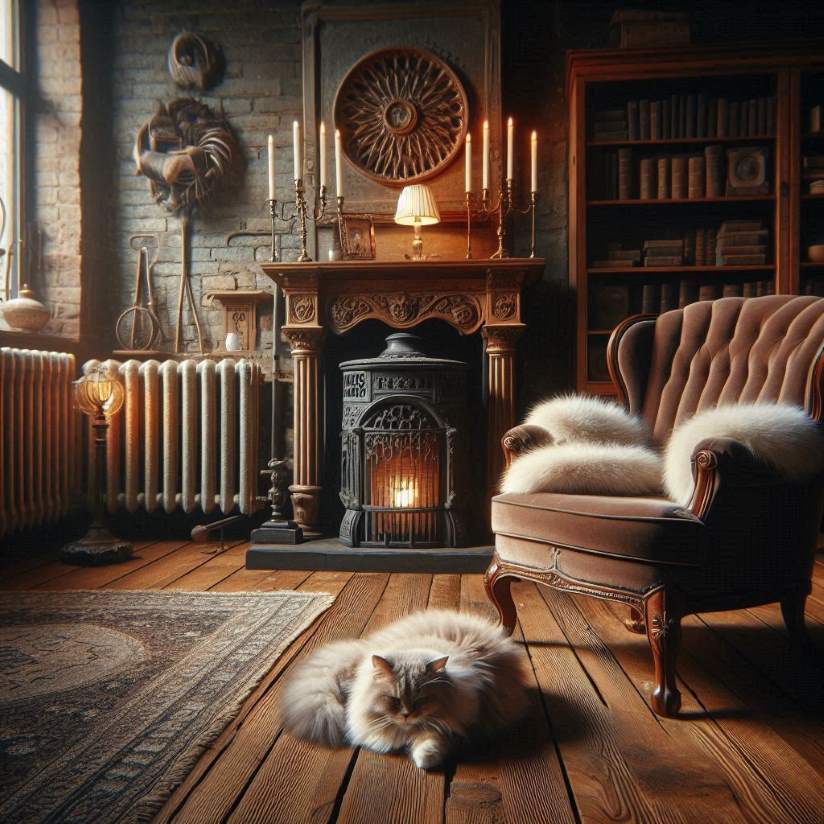
Global energy policies are reshaping the way we heat our homes. To align with modern environmental goals, heating systems must meet stricter efficiency and sustainability standards. Cast iron radiators, a classic choice, are surprisingly relevant in this evolving landscape.
The Role of Energy Regulations
Governments worldwide implement rigorous regulations to combat energy waste and reduce carbon emissions. These policies focus on two key aspects:
- Efficiency: Heating solutions must minimize energy consumption without compromising comfort.
- Sustainability: Materials and manufacturing processes must adhere to eco-friendly standards.
Modern heating systems often require innovative designs to meet these demands. Interestingly, traditional cast iron radiators align well with these objectives, especially when paired with advancements like thermostatic valves or smart controls. A column radiator, for instance, combines classic aesthetics with impressive heat retention, making it a standout choice.
Why Cast Iron Radiators Excel
Cast iron radiators have several advantages, making them a smart choice for sustainable heating. These benefits include:
- Durability and Longevity: Cast iron radiators are built to last for decades. Their longevity minimizes the need for replacements, reducing waste and manufacturing impact.
- Thermal Efficiency: Cast iron retains heat longer than many modern materials, requiring less energy to maintain comfortable room temperatures. This feature is particularly valuable in regions with fluctuating climates.
- Recyclability: Cast iron is easily recyclable, making it a highly sustainable material for heating systems. End-of-life radiators can be repurposed without adding to landfill waste.
Challenges in Meeting Modern Standards
Older cast iron radiator models may not automatically comply with emission and efficiency standards. However, retrofitting these systems is often straightforward. Simple upgrades, such as adding thermostatic valves or integrating them with modern boilers, can significantly improve their performance.
Moreover, manufacturers are now producing cast iron radiators blending traditional aesthetics and modern technology. These updated designs ensure compliance with regulations while preserving the timeless charm cast iron radiators are known for.
Looking Ahead: The Future of Heating Systems
The push for greener homes is likely to make cast iron radiators even more popular in the future. They offer a unique balance of efficiency, sustainability, and style that appeals to homeowners and architects. As energy policies continue to evolve, these radiators stand as a testament to how traditional designs can adapt to modern needs.
Beyond homes, cast iron radiators are also gaining traction in commercial and heritage building projects. Their ability to blend seamlessly with various interior styles while meeting energy requirements makes them versatile.
READ ALSO: Public Policy Analysis and Implementation
Conclusion
Cast iron radiators are more than just a relic of the past. They are an enduring solution for sustainable heating in the present and future. These systems align perfectly with global energy policies by combining natural efficiency with modern upgrades. Whether renovating a home or designing a new space, cast iron radiators prove that classic designs can still lead the way in energy-efficient living.
